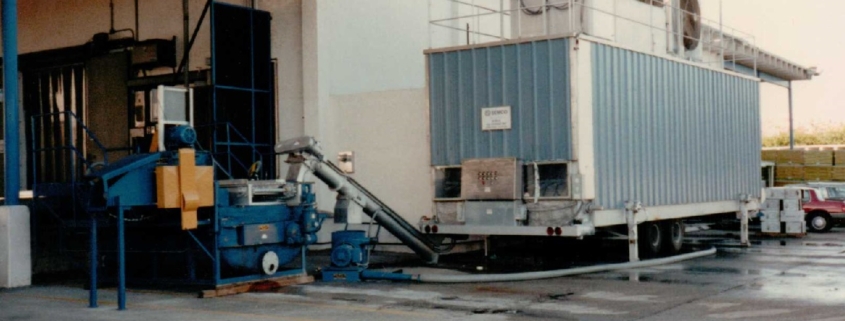Limes are an important ingredient in many desserts, beverages, and cuisines around the world. They are also popular additives in perfumes, aromatherapy, and various cleaning products. All told about 13 million metric tons of limes are produced annually worldwide. Though freshness is certainly more important for some uses than others, just about all lime-related applications benefit from using the healthiest, freshest specimens possible. What follows is a brief discussion about limes, the factors that affect cooling and storage, and optimal cooling and storage methods.
General Facts About Limes
Along with the orange and the lemon, the lime is one of the big three citrus fruits. Like other citrus the lime is a good source of Vitamin C. That characteristic made limes an important tool for combating scurvy during colonial times, allowing sailors to remain at sea for longer without becoming ill. The British navy became so closely associated with the use of limes to prevent scurvy that they eventually became known colloquially as “Limeys,” a nickname that still endures to some extent today.
Limes are especially important in Indian culture where they are often found in chutney or pickled. They are also used in Indian Tantra to ward against evil spirits. Limes are also popular in Thai, Vietnamese, and Mexican dishes. Two of the most popular Latin-inspired uses include adding limes to margaritas and guacamole. Limes are also commonly associated with other cocktails and alcoholic beverages, especially gin and tonics.
General Information About Cooling and Storing Limes
For optimal quality limes should be picked when they are slightly soft to the touch and have acquired a light green color. If they are left on the tree for too long they may start to turn yellow and will have a shorter shelf life once picked. During picking it is important to avoid damaging the peel or bruising the fruit since both types of mishandling make the fruit more vulnerable to mold and decay. Other important cooling and storing factors include the following:
Temperature – Limes should be stored at 48°F for optimal shelf life. Warmer temperatures will allow the lime to decay more quickly while lower temperatures run the risk of chill damage. Limes are very susceptible to chill damage and the longer they are exposed to excessively low temperatures, and the lower the temperature, the worse the chill damage will be.
Relative Humidity – Limes should kept at a consistent relative humidity of about 90%. Higher humidity may make the limes more susceptible to mold, while lower humidity will be insufficient to prevent the limes from suffering water loss and shriveling.
Cleaning – After harvest the limes should be cleaned in a water solution with a PH of about 6.5 and gently brushed. This will help limit the development of mold and decay diseases.
Handling – Limes should be handled gently to prevent bruising and should not be overpacked.
Shelf Life – Under ideal conditions fresh limes will have a shelf life of about 6-8 weeks.
Methods of Cooling Limes
Compared to many other types of produce, limes do not require as low a storage temperature. This is a positive quality in terms of cost savings since it lowers the cooling load required to help them reach prime storage temperature. The most common cooling methods for limes include the following:
Room Cooling – Basic room cooling is often sufficient for the effective cooling and storage of limes. This involves placing the limes in a refrigerated room such as a cooler and allowing them to gradually adjust to ambient temperatures. For best results it is important that the limes have good ventilation.
Forced-Air Cooling – Forced air cooling will help limes reach their ideal temperature more quickly. Forced-air cooling involves arranging the limes in a cooler around a fan and then pulling cool air through them, thereby forcing ventilation and accelerating cooling.
SEMCO/SEMCOLD LLC provides high quality, reliable cooling and storage systems that are ideal for use with limes and other types of produce. Our systems are fully customizable and can be altered as needed to fit the capacity, storage, and other needs of each customer. Our goal is ensuring that from the tree to the end consumers, limes stay fresh and packed with flavor and nutrients.


